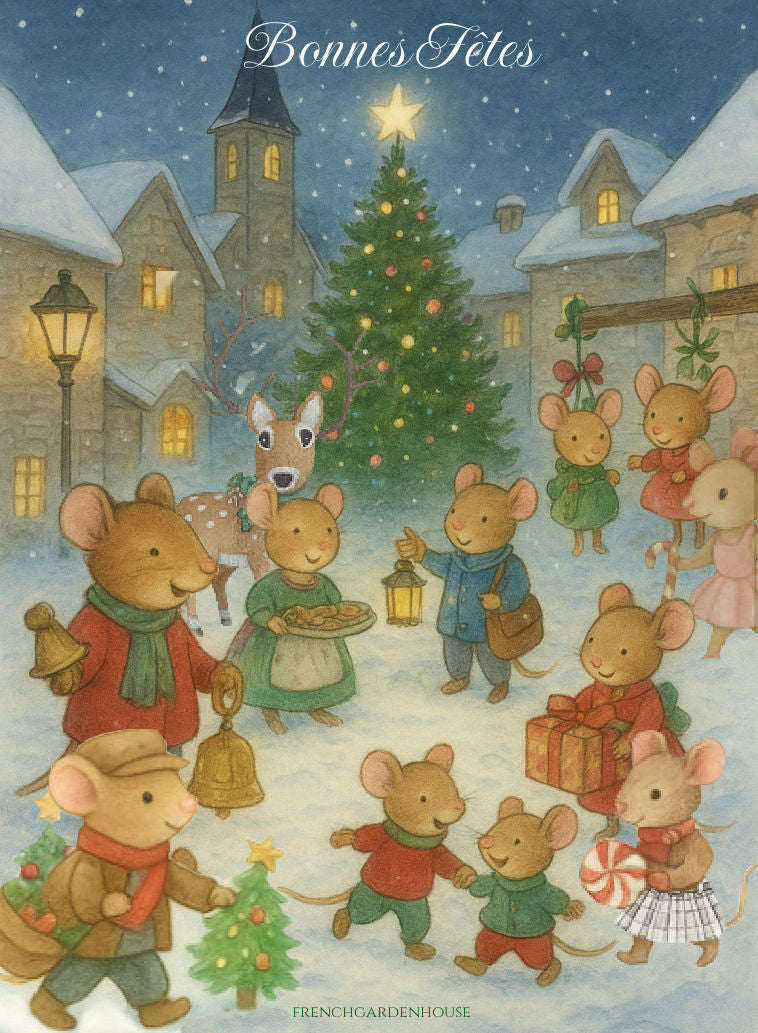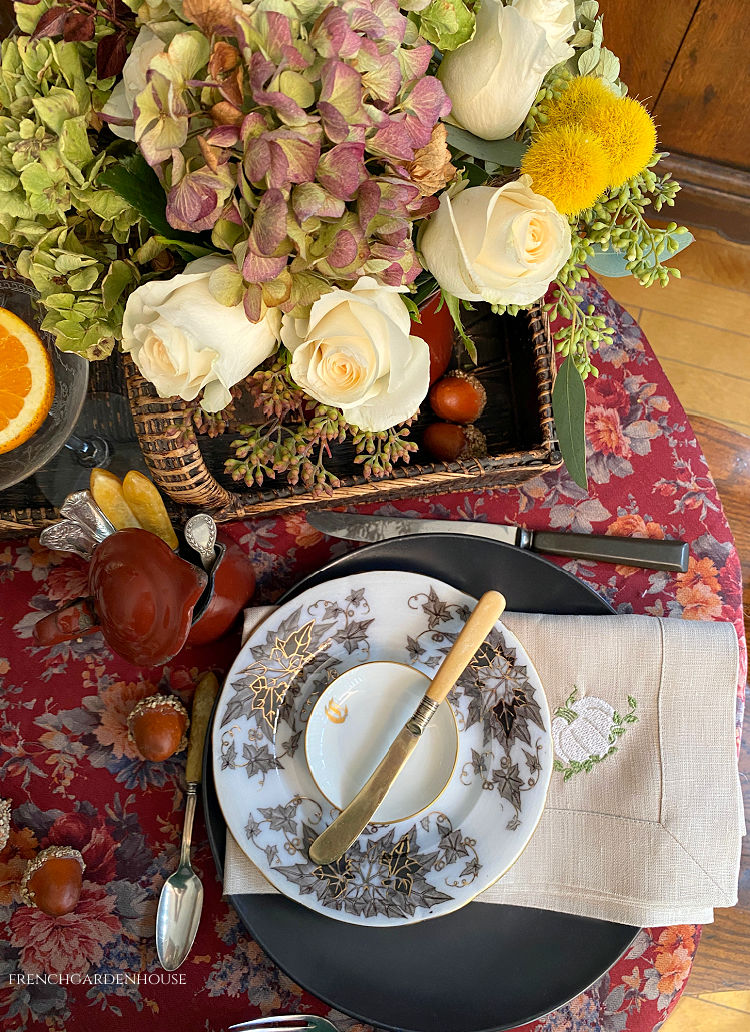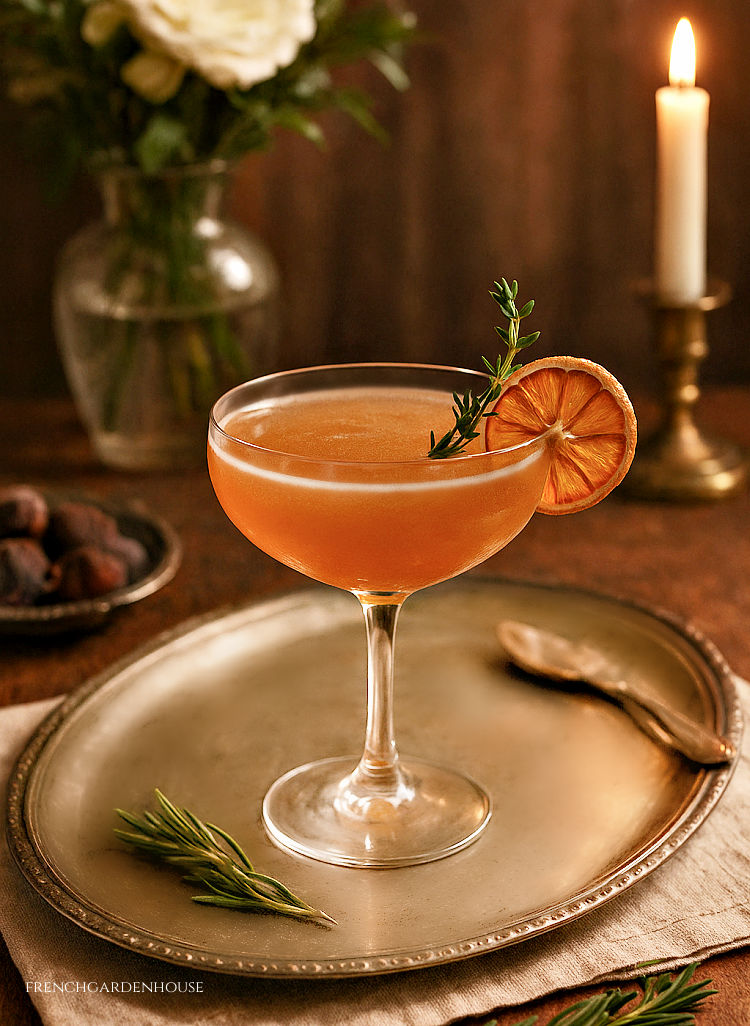Secret Life of Antiques: French Majolica I
August 11, 2015 3 min read 6 Comments

 Antique majolica excites collectors and designers alike with its strong, vivid colors. With a seemingly unending variation of colors, styles, and shapes, these functional pieces of the past make stunning décor today. Made in an infinite variety of naturalistic designs, majolica can be found in many colors and forms to enhance any interior, and displayed as decorative art. Many of these colorful antiques were designed for the Victorian dining table, each piece beautifully illustrating what it was used for.
Antique majolica excites collectors and designers alike with its strong, vivid colors. With a seemingly unending variation of colors, styles, and shapes, these functional pieces of the past make stunning décor today. Made in an infinite variety of naturalistic designs, majolica can be found in many colors and forms to enhance any interior, and displayed as decorative art. Many of these colorful antiques were designed for the Victorian dining table, each piece beautifully illustrating what it was used for.
 History of Majolica
Herbert Minton, the English ceramist, is credited with coining the phrase Majolica. Exhibiting his new line of ceramics at The Great Exhibition of 1851 in London, he called his colorful pieces Palissy ware, an homage to the 16th century Frenchman Bernard Palissy, whose high relief, vididly colored lead glazed pieces inspired Minton’s French born art director Léon Arnoux.
The word majolica was also used to describe Minton’s collection of ceramics, since it resembled the tin-glazed 16th-century Spanish and Italian earthenware of the same name. Minton’s work quickly became known by aficionados as majolica.
History of Majolica
Herbert Minton, the English ceramist, is credited with coining the phrase Majolica. Exhibiting his new line of ceramics at The Great Exhibition of 1851 in London, he called his colorful pieces Palissy ware, an homage to the 16th century Frenchman Bernard Palissy, whose high relief, vididly colored lead glazed pieces inspired Minton’s French born art director Léon Arnoux.
The word majolica was also used to describe Minton’s collection of ceramics, since it resembled the tin-glazed 16th-century Spanish and Italian earthenware of the same name. Minton’s work quickly became known by aficionados as majolica.
 A soft paste earthenware that was fired to biscuit stage, majolica was coated with opaque lead or tin glaze which was allowed to dry. The piece was then hand painted with colorful metal oxide glazes, and fired again, creating the glossy lustrous glazed finish for which majolica is most admired.
A soft paste earthenware that was fired to biscuit stage, majolica was coated with opaque lead or tin glaze which was allowed to dry. The piece was then hand painted with colorful metal oxide glazes, and fired again, creating the glossy lustrous glazed finish for which majolica is most admired.
 Majolica was mass produced, making it possible for the middle class to emulate the sumptuous lifestyle of royals and the extremely wealthy, since a majolica set of plates was much less costly than the gilded porcelain sets favored at court.
Excitement about majolica traveled across the chanel, and before long there was a majolica renaissance in late 19th century Europe, in particular in France. Called barbotine, many of the French factories started producing striking serving pieces with diverse designs.
Majolica was mass produced, making it possible for the middle class to emulate the sumptuous lifestyle of royals and the extremely wealthy, since a majolica set of plates was much less costly than the gilded porcelain sets favored at court.
Excitement about majolica traveled across the chanel, and before long there was a majolica renaissance in late 19th century Europe, in particular in France. Called barbotine, many of the French factories started producing striking serving pieces with diverse designs.
 At the same time, asparagus was the most favored delicacy to serve to important guests. Once a luxury food for the extremely wealthy only, the industrial revolution made it possible for the middle classes of Europe to obtain and partake of this delicacy. So popular was the vegetable, that there were asparagus competitions, asparagus fairs, towns crowned asparagus Queens, and “asparagus frenzy” spread throughout western Europe.
At the same time, asparagus was the most favored delicacy to serve to important guests. Once a luxury food for the extremely wealthy only, the industrial revolution made it possible for the middle classes of Europe to obtain and partake of this delicacy. So popular was the vegetable, that there were asparagus competitions, asparagus fairs, towns crowned asparagus Queens, and “asparagus frenzy” spread throughout western Europe.
 As a result of asparagus’s extensive popularity in France, the barbotine factories expanded their production to design and market a seemingly infinite variety of asparagus serving pieces. Magnificent Asparagus serving cradles, platters and plates made in the Alsace Lorraine region of France, from the ceramic artists in Tours and Paris, and the factories of Sarregeumines, St. Clement, Choisy-le-Roi and Luneville are especially appealing.
A few of our currently available Antique Barbotine Asparagus and Artichoke pieces are shown below.
As a result of asparagus’s extensive popularity in France, the barbotine factories expanded their production to design and market a seemingly infinite variety of asparagus serving pieces. Magnificent Asparagus serving cradles, platters and plates made in the Alsace Lorraine region of France, from the ceramic artists in Tours and Paris, and the factories of Sarregeumines, St. Clement, Choisy-le-Roi and Luneville are especially appealing.
A few of our currently available Antique Barbotine Asparagus and Artichoke pieces are shown below.
 1. Longchamp Cradle. 2. Keller Guerin Set of 6 Plates. 3. Luneville Cradle. 4. Keller Platter and Plates. 5. Purple Asparagus Plate Set. 6. Sarreguemines Cradle. 7. Purple Asparagus Plates.
Do you have a collection of Majolica pieces you love? Please share about your collection, or one prized piece, below… we love hearing about your treasures! In my next post I will share the types of asparagus majolica and also how to display your majolica collection. Read Part 2 HERE.
Shop for the best in French Antiques, furniture with the patina of age, vintage accessories to delight you and your family & friends, and French Country utilitarian pieces. Treasures that make your home fresh, beautiful, inspirational and uniquely yours. Visit our shop FrenchGardenHouse.com.
1. Longchamp Cradle. 2. Keller Guerin Set of 6 Plates. 3. Luneville Cradle. 4. Keller Platter and Plates. 5. Purple Asparagus Plate Set. 6. Sarreguemines Cradle. 7. Purple Asparagus Plates.
Do you have a collection of Majolica pieces you love? Please share about your collection, or one prized piece, below… we love hearing about your treasures! In my next post I will share the types of asparagus majolica and also how to display your majolica collection. Read Part 2 HERE.
Shop for the best in French Antiques, furniture with the patina of age, vintage accessories to delight you and your family & friends, and French Country utilitarian pieces. Treasures that make your home fresh, beautiful, inspirational and uniquely yours. Visit our shop FrenchGardenHouse.com.
6 Responses
Lidy
August 24, 2015
Thanks so much for taking the time to visit, and leaving a comment, Fifi! Coming from you, editor of many gorgeous magazine, I take this as the highest compliment!
FIFI
August 15, 2015
Great job Lidy!! Congratulations. xoxoxoxo fifi
Lidy
August 11, 2015
Thank you Jo and Mary Ellen. Great tips, too, Mary Ellen, thank you!
Joanne Boulter
August 11, 2015
Lidy, I read the article in Victorian Homes on Majolica. It was very interesting, I have always loved these pieces but didn’t know that much about them. My grandmother had several and I always adored them. Thank for posting your beauties. Hugs, Jo
Mary Ellen Clapp
August 11, 2015
Hi, Love the site. Majolica is one of my favorite things to collect . I change out the collection using the darker greens and browns for the fall. In the spring the blues and pinks go beautifully with the spring tulips daffodils and other flowers available. I always put aliner glass of plastic if I use the large pitchers for vases. Thanks for sharing the beautiful objects of the past.
Leave a comment
Comments will be approved before showing up.
Subscribe
Sign up to get the latest on sales, new releases and more …

🎄 A Christmas in the Village of Les Petits Souris
November 04, 2025 5 min read
Discover the enchanting story of Les Petits Souris—the felted mice of FrenchGardenHouse, they make a whimsical French village come alive at Christmastime.

Thanksgiving Breakfast for Two: Elegant French Country Antique Table Setting
November 03, 2025 5 min read 10 Comments
Create a cozy Thanksgiving breakfast for two with French antiques, seasonal blooms, and a touch of European charm.

The FrenchGardenHouse Autumn Cocktail
October 29, 2025 2 min read 3 Comments
Celebrate Thanksgiving with my signature FrenchGardenHouse Autumn Cocktail—Calvados, pear, and honey thyme—paired with baked Brie and figs for timeless French elegance.

Diana
August 31, 2015
Wonderful article, Lidy—I love majolica, but up to this point it’s been mostly out of reach to me. I’ve owned some pretty American-type but never French. I’m pinning this to my Antique & Vintage Resources board :)